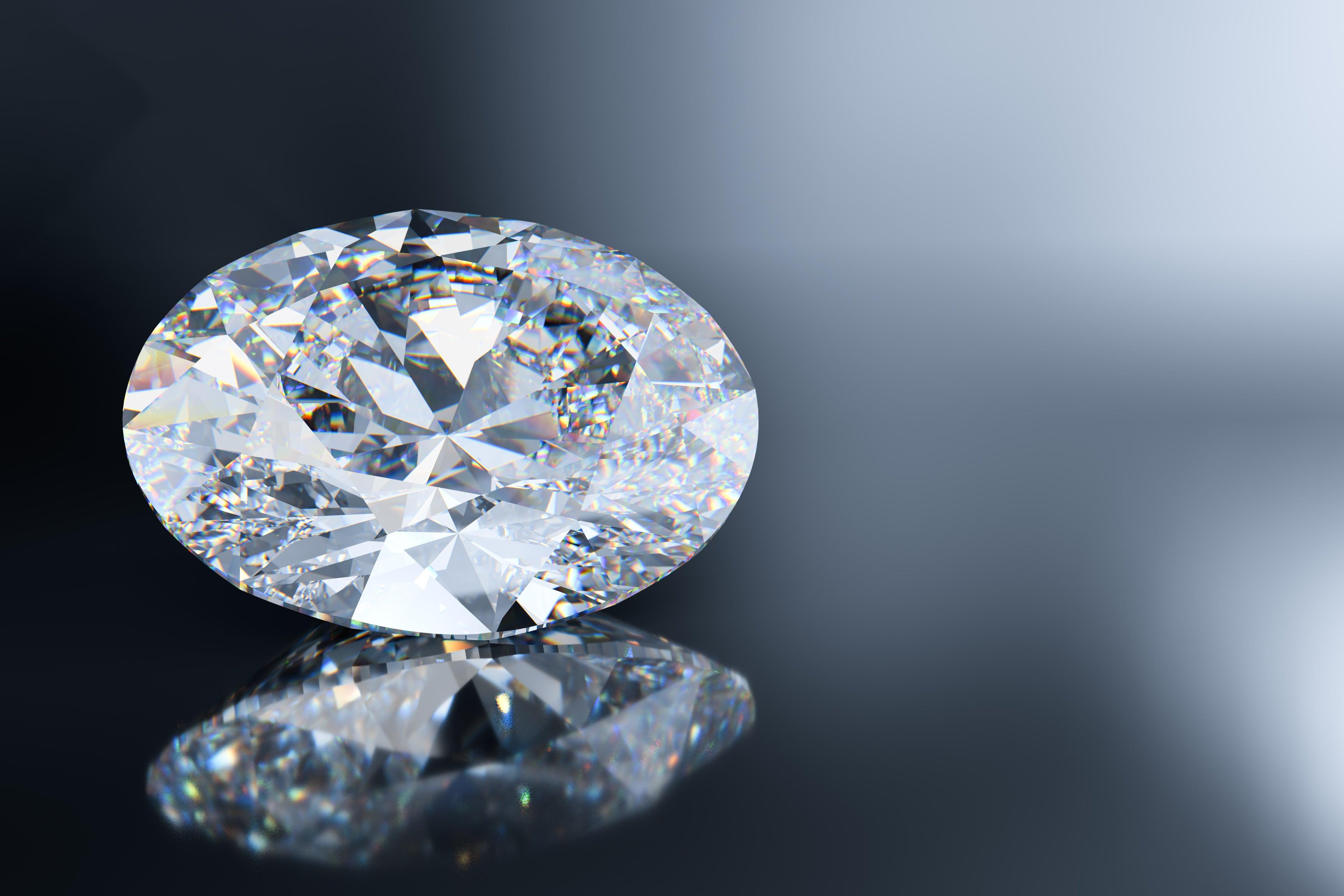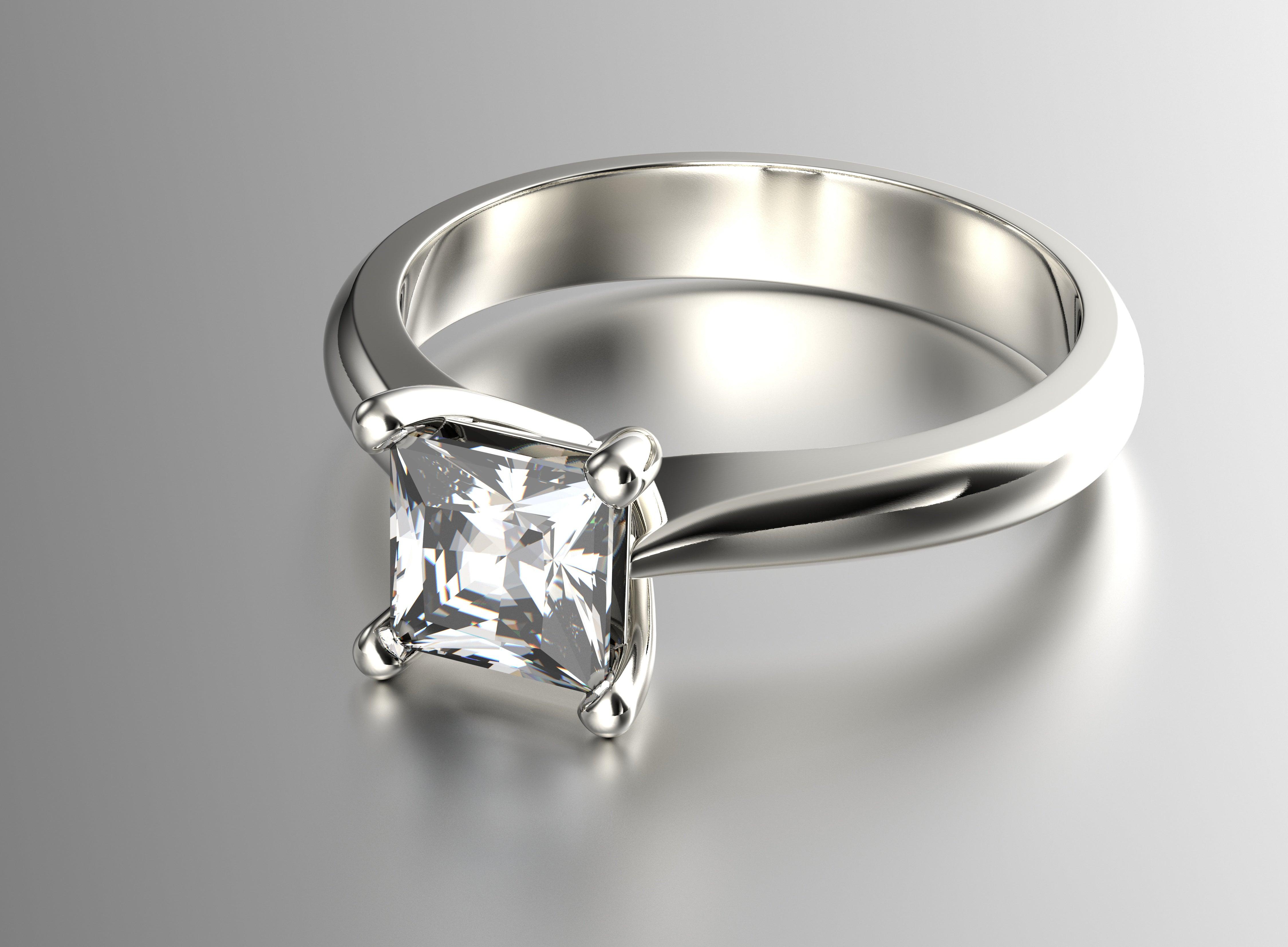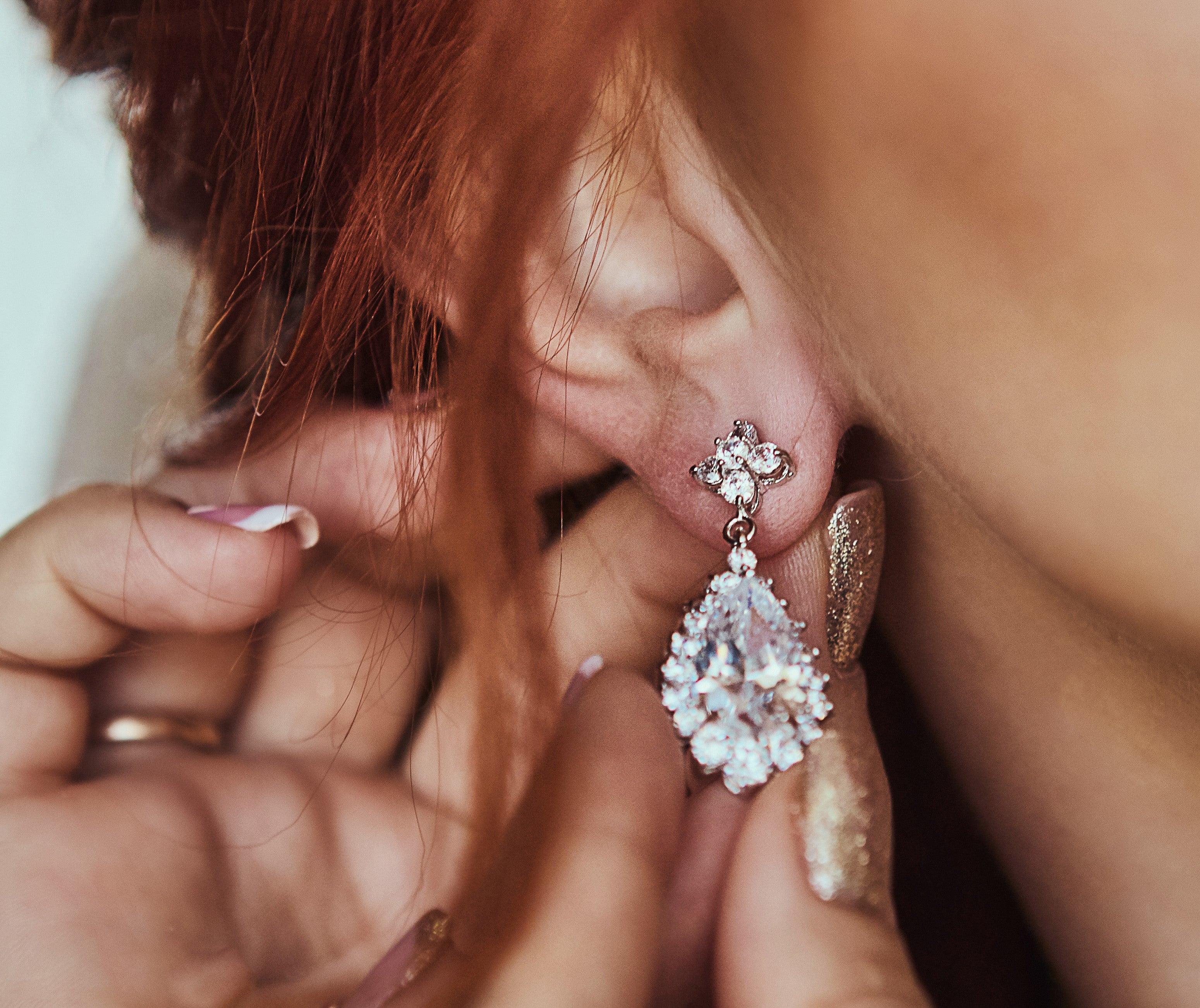
Why and How to Buy Oval Shaped Diamonds
Have you considered oval diamonds? I’m sure that question doesn’t come out of the blue, you are, after all, reading a blog on them. They are immensely popular, though not as popular as round diamonds. But who needs to do exactly what everyone else is doing? Not you, you want to stand out a little, right? Maybe still run with the pack, but be a little different? Well, oval diamonds definitely might be for you then.
Elegant and sophisticated, oval diamonds have more graceful lines than most other shapes, without any sharp or tapered edges or corners. Their rounded feel is neither monotonous nor uninteresting. They are, in effect, a great choice for many, many people.
In this blog, we will go over
Oval Diamond Anatomy
Oval Diamond History
How to evaluate an Oval Diamond
Settings for Oval Diamonds
The Anatomy of Oval Diamonds
Oval diamonds today are almost always brilliant cut gems, with 57 or 58 facets in a similar design to round brilliant diamonds. In fact, they really are a round diamond stretched out a bit to form an oval. They can also be cut to resemble a rounded version of an elongated brilliant cut cushion.
Oval diamonds have a head, shoulders, and a belly.
Head/Tip: The points with the greatest length between them on the stone, at the opposite ends of the diamond.
Shoulder: The rounded edge of the diamond between the head and belly of the stone.
Belly: The midsection of the stone, where the sides curve out the most from the center.
History of Oval Diamonds
Oval shapes have been cut for nearly 400 years, but it wasn’t until the 20th century that the modern brilliant cut oval was developed. While oval shapes had been experimented with by cutters for centuries it was Lazare Kaplan who finally did it in the late 1950 and early 60s. Lazare built upon the “discovery” of the brilliant round diamond by his mentor and teacher the renowned cutter Marcel Tolkowsky.
Before this, there were plenty of oval-shaped diamonds, some of them extraordinary stones. The famed Kol-i-Noor diamond that sits in Queen Elizabeth’s Coronation Crown is a massive blue oval diamond, believed to have been found in the legendary mines of Golconda. Oval engagement rings have been popular since the modern oval brilliant was created, and you can see them grace the fingers of celebrities such as Ariana Grande, Hailey Bieber, Serena Williams, and Blake Lively. (Just to name a few.)
The new brilliant cut oval is essentially an elongated version of the brilliant round shape, optimizing fire and scintillation.
Older oval shapes may have a great deal of fire and scintillation, but most early oval-shaped stones were cut to maximize brilliance.
What to Look for in Oval Shapes
4Cs
As with all diamonds, the first thing you need to consider is the 4Cs: Carat weight, color, clarity, and cut. At Michael Gabriels we make sure all of our diamonds are evaluated by IGI, a third-party laboratory that gives us a report on each diamond, including an evaluation of its 4Cs.
Proportions of Oval Diamonds
Another feature unique to Oval shapes is their proportions, which you will want to be concerned with when you look at one for purchase. According to GIA, another reputable evaluator of the 4Cs, the most popular ratio is 1:7:1, which is a rather elongated oval with a significant bow to its curved sides. However, it is rare to find one of these as often as the more common ratios of 1:3:1 and 1:4:1, which are more rounded.
Symmetry
The oval diamonds brought to you by Michael Gabriels always score high on symmetry, but you should still know what it is and why it is important. Related to Cut, symmetry has to do with how well the facets of one side of the diamond are mirrored on the other if an imaginary line were drawn down the center. On a well-cut oval diamond, there should be perfect symmetry across two intersecting planes- a vertical and horizontal plane.
Shape Appeal of Oval Diamonds
You will probably see many oval diamonds before you see two that appear exactly similar. Besides changes in the 4 Cs that you will encounter, you will be faced with diamonds whose oval shape varies from stone to stone. Some will bulge more at the shoulders, making them appear more square; some will have flat shoulders, or none really at all, and will appear like a marquise shape with rounded points; some will be just right in the shoulders, and that is a subjective decision you will make yourself eventually.
Girdle Thickness of Oval Diamonds
When selecting an oval shape diamond, you will want to pay attention to the thickness of the stone's girdle. This is the widest part of the stone- the section in between the top of the stone- the table & crown- and the bottom - the culet and pavilion. The thickness of the girdle can have a big impact on the stone. Since it is an area of the stone that people rarely see, too thick a girdle will contain too much of the diamond, so a stone with a thick girdle could appear smaller than a stone that actually weighs less but has a thinner, wider girdle.
Bow-ties in Oval Diamonds
In many oblong shapes of diamonds, especially in brilliant cuts, a bow tie shape may be visible in the center of the stone when you look down into it. It’s something to expect in most stones, though it will be less pronounced in better-cut diamonds. The facets in a diamond act like windows that allow light in and out; and because of the refractive index of the diamond, also like mirrors that reflect light within the diamond and out of it. A bow tie is simply the reflection of the shadow created by your head and shoulders blocking some of the light from entering the stone. The closer you stare, the larger the bowtie may become.
Settings for Oval Diamonds
Halo & Pave:
Accentuates your diamond and makes it look larger.
Hidden halos, or pave along the prongs, bridge or the whole basket, add luster and light to the diamond from the underside, magnifying the amount of light passing through the diamond.
Mix it up with a different metal.
Show that girdle off with Prong Settings
These are great with oval-shaped diamonds because you have less to worry about in terms of potential damage to the stone, so show that girdle off.
Cathedral & Trellis settings
More secure
Graceful lines of each compliment each other
Side stones
The extra length of oval diamonds lends them well suited for side stones if you so choose. Virtually any shape of side stone works well, though cushions, hearts, half moons, and rounds will add a lovely compliment, while you can add a charming contrast with emerald, baguette, princess, and marquise shapes.
Wider Bands
Wide bands can be a beautiful platform from which to exhibit your oval diamond.
Pros vs Cons of Oval Diamonds
Pros:
- They have more visible surface area per carat than a round brilliant cut, and therefore seem larger.
- Their elongated shape makes fingers appear more slender.
- Their lack of sharp-angled or pointed corners or edges makes them less prone to chips and damage.
- More visible diamond per carat = more carat per dollar compared to many other shapes
- Same brilliance, fire, and scintillation as you find in a round diamond
Cons
- They all have a bow tie, so if you have a problem with that, there is no way around it.
- They can mask some flaws, but oval diamonds’ great light optimization means that any tinting will be easily apparent.
Oval diamonds are a classic shape that offers a great deal of flexibility in setting and wearing. It has a little extra to offer than a round stone, but just as much scintillation, fire, and brilliance. They have been popular with both princesses and with part-time jewelry wearers for ages, with no sign of that popularity waning in the future. They offer a safe and bold option that's hard to beat.
If you are interested in an oval diamond, an engagement ring, or a piece of jewelry set with an oval diamond, we at Michael Gabriels would be happy to help you find the perfect stone.



